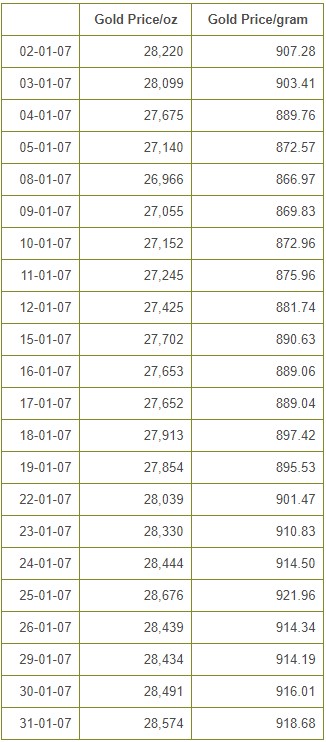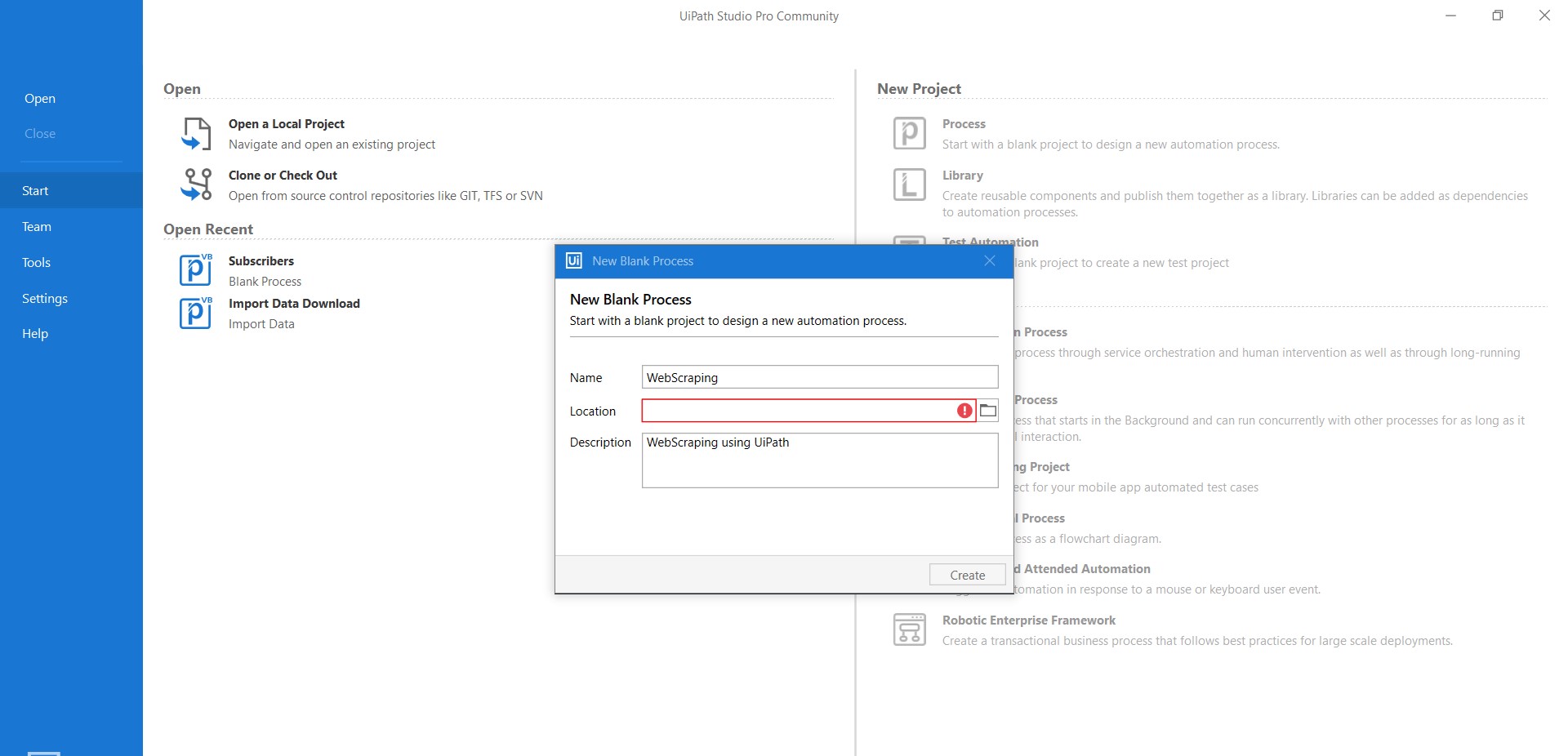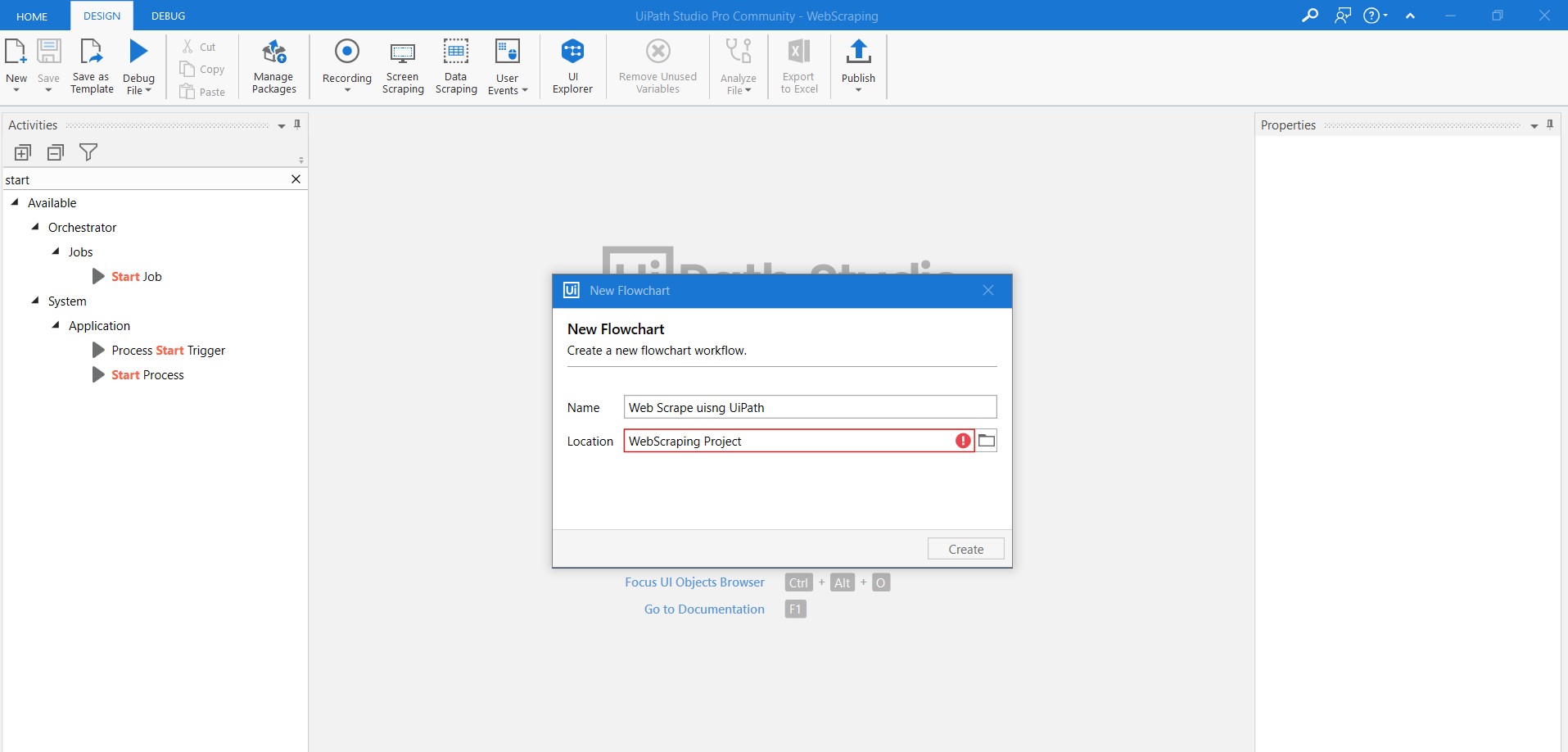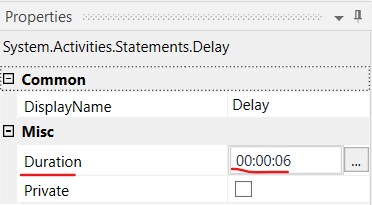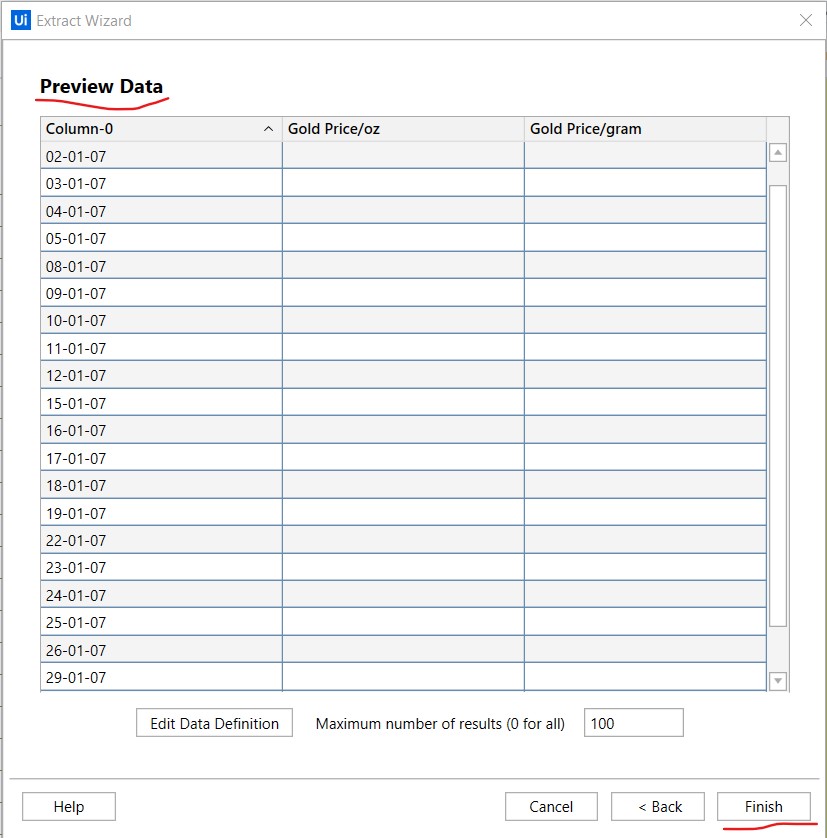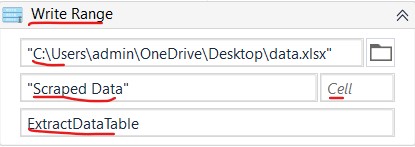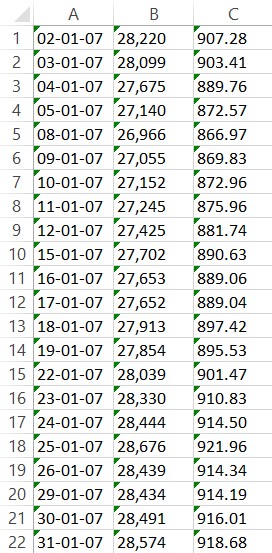This article was published as a part of the Data Science Blogathon.
The World is rapidly moving towards AI, So it’s better to go with the flow. This line represents the adaptation of technology in the real world to get the results better & faster.
INTRODUCTION
Web Scraping, Web Data Extraction & Web Harvesting is the collection of data from the web. These days everything & everyone needs data to run. Data is the most precious gem to run any organization & the most challenging part is to collect or gather quality data. Finding the data is good; extracting it even better; doing it using automation is perfect.
What is UiPath?
UiPath is an RPA Tool. But wait – what is RPA?
What is RPA?
Quoting from UIPath’s site:
Robotic Process Automation is the technology that allows anyone today to configure computer software. Or in other words, it is a “robot” to emulate and integrate the actions of a human interacting within digital systems to execute a business process. RPA robots utilize the user interface to capture data and manipulate applications just like humans do. They interpret, trigger responses, and communicate with other systems to perform a vast variety of repetitive tasks.
Only substantially better: an RPA software robot never sleeps and makes zero mistakes.
Experiential-Session
Performed on Versions
UiPath – 20.4.3
Let’s perform web scraping using UiPath. Just check the website for the data you want to scrape and check the list of parent and child HTML tags for better understanding.
Steps to follow to do Web Scrape
- Select the Website and the Data
- Create a Project in your desired directory
- Create a Flowchart file for Web scraping flow design
- Design the Flow
- Run the Automation flow
- Open the Excel file & Cross-check the Scraped Data
Step 1- Select the Website and the Data
I selected this website “https://www.bullion-rates.com/gold/INR/2007-1-history.htm” and want to scrape data of gold rates along with dates.
Step 2- Create a Project in your desired directory
Provide the Name, path & short description of your project.
Step 3- Create a Flowchart file
Now create a flowchart file to design your Web scraping flow.
Step 3- Design the Flow
a) Choose the open browser from the activity pane
b) Set the Property of Open Browse
i) Choose browser type as Chrome
ii) Set the URL- Insert your URL within quotes here Data To Scrape
iii) Choose New Session as True
iv) Add a delay activity with a duration of 6 sec in the format of 00:00:06, so that the page will load properly, there is another option as well but for now, I’m using the delay option.
v) Choose the Data Scraping option
a) Select Element option is coming
b) Select the Next option
c) Now the Element selector highlighter will come, so select the element. Once the elements are selected, you can see the preview data. If the data are coming as expected select the finish button else re-select the data.
d) Now a pop-up box appears which asks for multiple pages scraping, so if you want to do multiple pages scraping then select Yes & choose the element which will redirect you to the next page. In today’s case, I want to scrape one page only so I’m using the No option.
e) Data Scraping activity will appear in the flow design. Select the Extract Structured Data ‘TABLE dtDGrid’ activity & you can notice two things in properties
f) Now, we have to write the scraped data in excel format. So we use the Write Range activity.
Step 4-Source Run the Automation flow
Click on the run option or press ctrl +f6 to run the automation flow.
Step 5- Open the Excel file & Cross-check the Scraped Data
Conclusion
I tried to explain Web Scraping using RPA Tool UiPath in a very simple way, Hope this will help you.
Find full code on- GitHub
If you have any questions about the code or web scraping in general, reach out to me on
We will meet again with something new.
Till then,
Happy Coding..!
The media shown in this article are not owned by Analytics Vidhya and is used at the Author’s discretion.

